7 Places Where You Can Still Experience Classic Las Vegas
Posted on: December 29, 2022, 03:10h.
Last updated on: January 2, 2023, 11:27h.
The history of Las Vegas has an unusual adversary: The people who own its landmarks.
“New and improved!” has pretty much been the city’s only urban plan since mobster Benjamin “Bugsy” Siegel opened the extravagant Flamingo Hotel in 1946. Virtually nothing built between then and the Rat Pack ’60s — the Desert Inn, the Sands, the Dunes, the Stardust — still stands. Every time Las Vegas explodes, it seems, it implodes first.
Even the Flamingo destroyed the last vestige of its storied past. The motel rooms by the pool — including Bugsy’s Oregon Suite, with its secret getaway staircase — were replaced by the Hilton Corp. with two towers in the mid-’90s.
Below are seven rare exceptions to this rule — places where classic Vegas still reigns out of reach of a wrecking ball.
At least for now.
7. Sahara
2535 Las Vegas Blvd. South
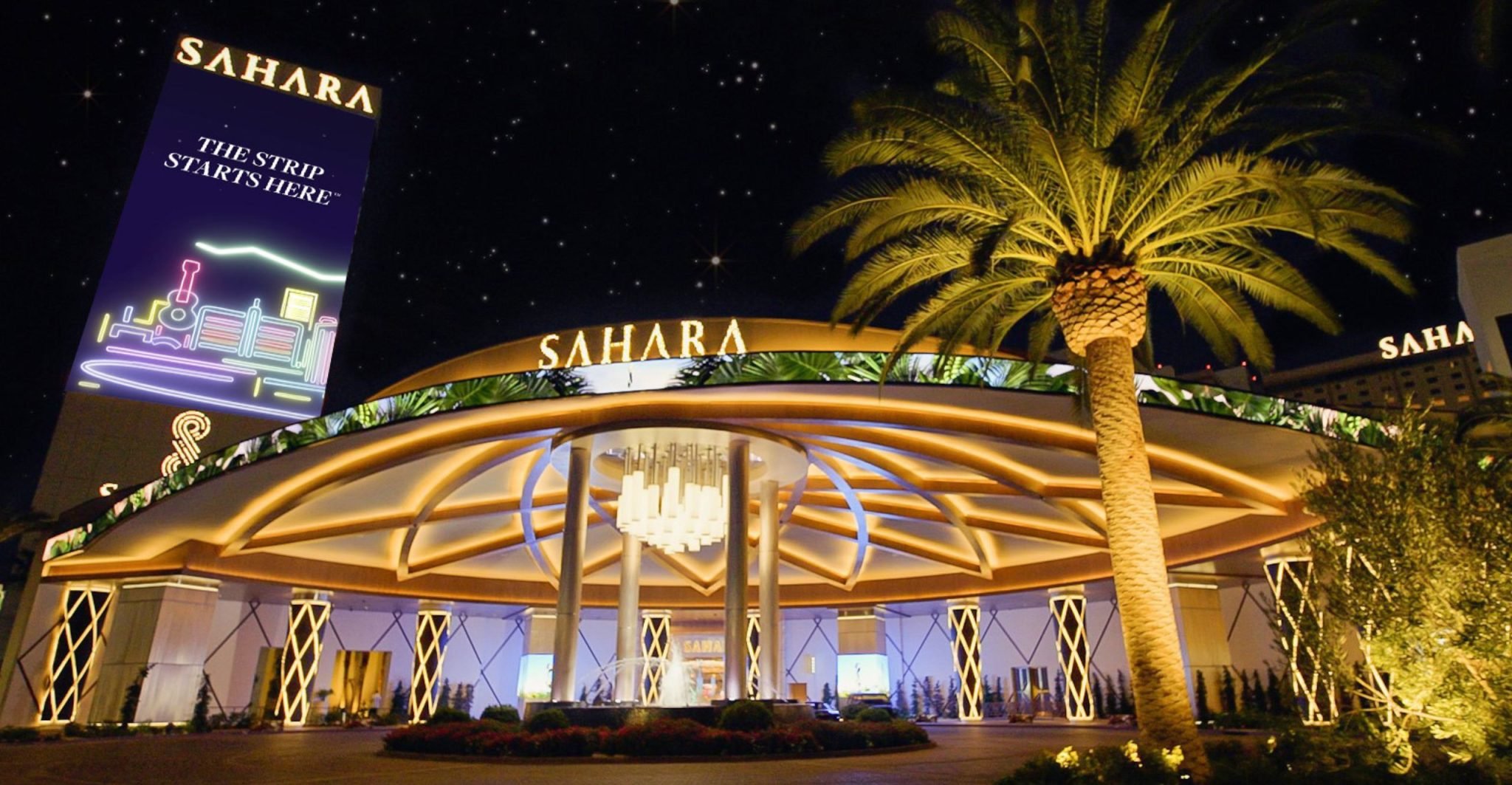
The Sahara — opened in 1952 on the site of the former Club Bingo — is commonly called “the last Rat Pack hotel,” though the Rat Pack never played either hotel as a collective. However, Frank Sinatra, Dean Martin, Sammy Davis, Jr. ,and Joey Bishop all played here individually, and whoever was in town could be counted on to gather in the lounge to heckle comedian Don Rickles.
The Alexandria Tower was where the Beatles stayed during their only Las Vegas concert in 1964 (in room 2344) and where Elvis Presley loved Ann-Margret tender while they shot Viva Las Vegas a year earlier (in room 2542, the Presential Suite).
Unfortunately, the entire resort was stripped to its bones during its 2014 transformation to the SLS, an ill-fated boutique hotel experiment that lasted only five years.
But still-standing bones is a rare win for Las Vegas!
6. Caesars Palace
3570 Las Vegas Blvd. South
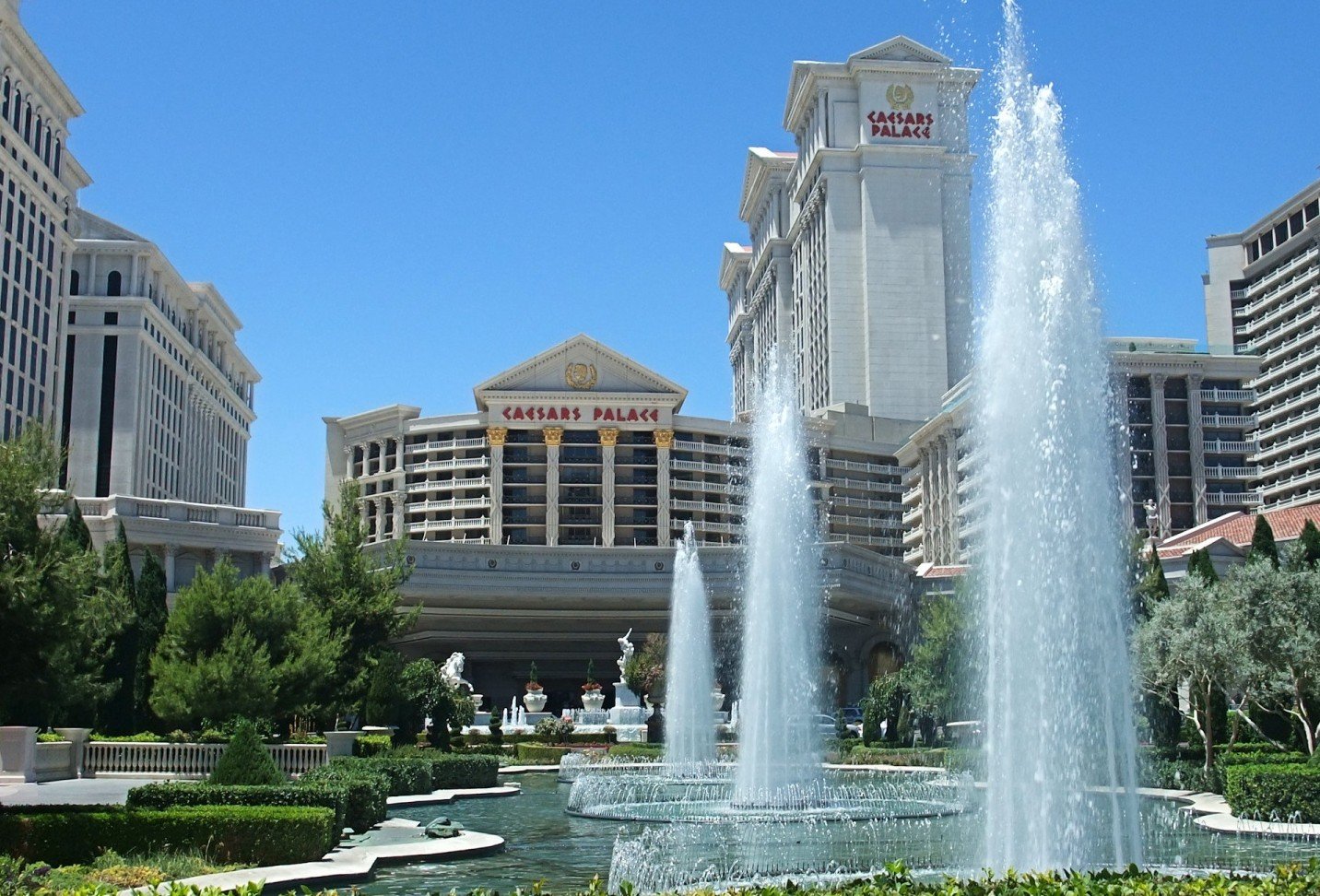
In 1967, Frank Sinatra’s preferred Vegas venue was the Sands. But his public feud with its billionaire owner, Howard Hughes, drove him to favor Caesars Palace a year after it opened. High rollers now occupy the space where Sinatra – as well as Paul Anka, Tony Bennett, and Johnny Mathis – once serenaded Circus Maximus showroom audiences. The venue closed in 2000 and was replaced, three years later, by the Colosseum.
In fact, most of the hotel is new. But there are elements recognizable from opening day 1966: the main entryway, the 14-story Centurion tower, the Cleopatra Lounge, and the sunken circular casino lounge.
Also still the same are the fountains out front, the site of two legendary crashes. The first occurred in 1967, when daredevil Evel Knievel lost control of his motorcycle after jumping them. (His son, Robbie Knievel, successfully completed the jump in 1989.) The second crash occurred a year later, when comedian Shecky Greene drunk-drove his Oldsmobile into the water. According to fellow comedian Buddy Hackett’s frequent retelling of the story, Greene instructed the police who waded in: “No spray wax.”
5. Golden Steer
308 W. Sahara Ave.
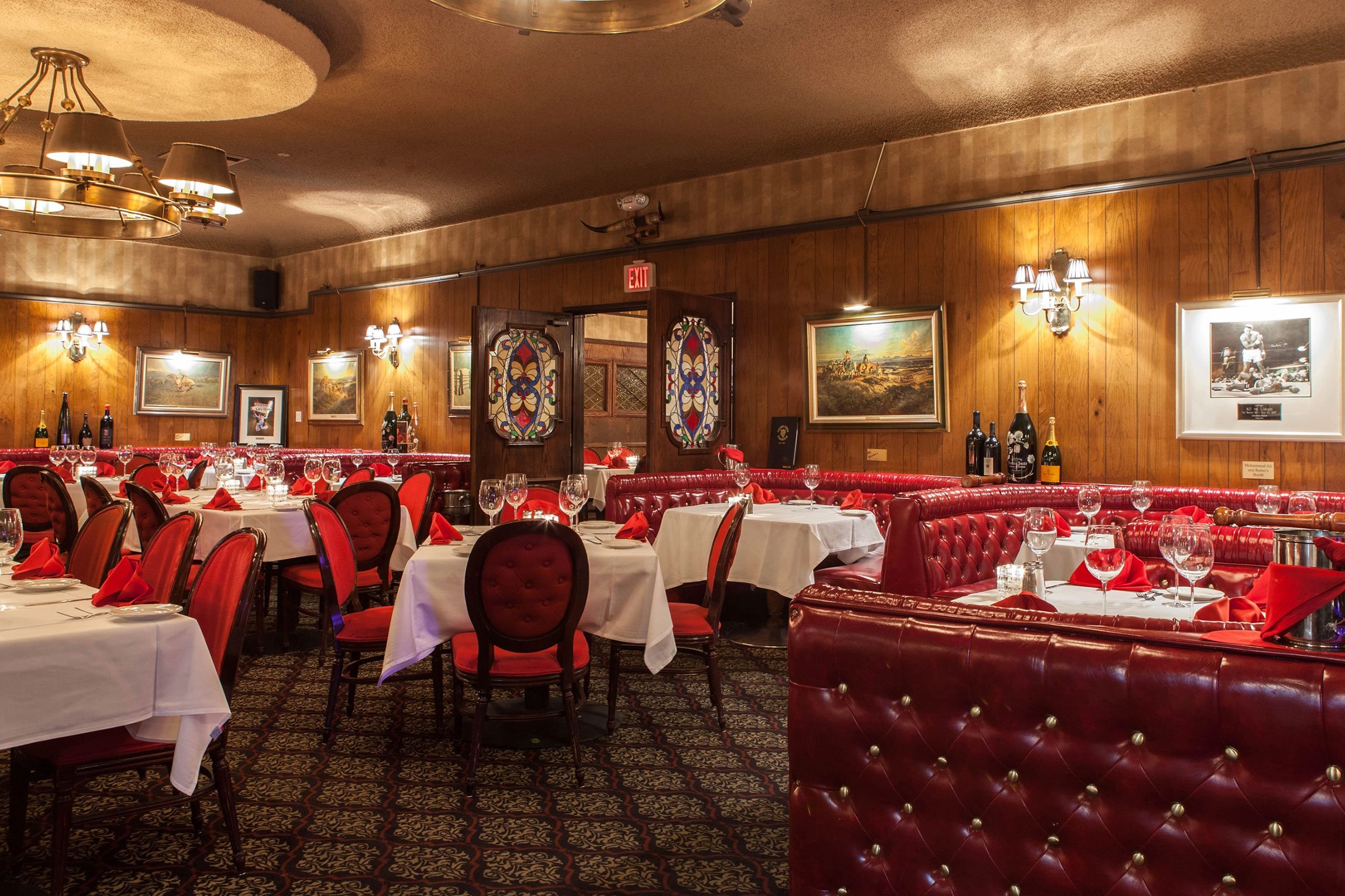
The oldest surviving Las Vegas steakhouse opened in 1958, and it retains its old-timey feel with the same red leather booths and white tablecloths used by hungry Rat Pack members, Chicago mobsters, and the always-hungry Elvis Presley. (Sinatra’s favorite table, named in his honor, can be reserved.) The menu is virtually unchanged, too, featuring prime beef, Caesar salad prepared tableside, and flaming Bananas Foster.
4. The Fremont
200 Fremont St.
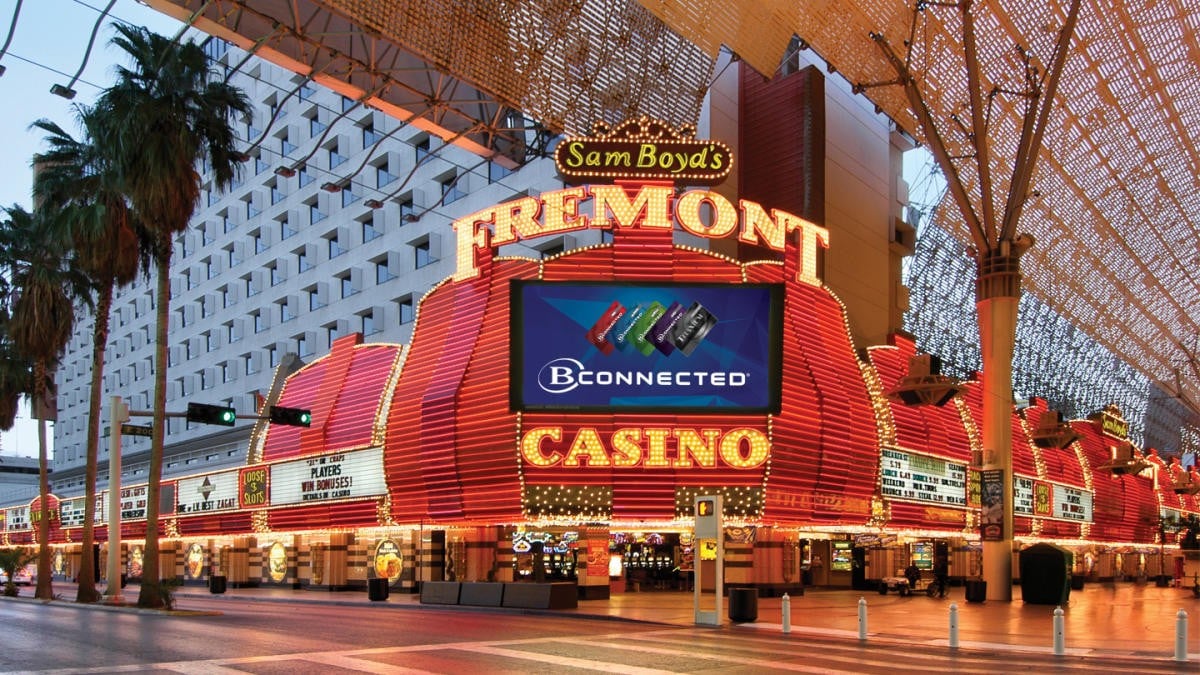
Despite a $3 million 1977 renovation, the Fremont looks pretty much as it did when it opened as Nevada’s tallest building in 1956, launching the downtown high-rise trend.
In 1959, 15-year-old Wayne Newton and his brother, Jerry, played their first Las Vegas gig in the Carnival Lounge here as the Newton Brothers from Phoenix. The underage performers were forced to hang out either outside, or in the casino’s coffee shop, when they weren’t performing.
3. Atomic Liquors
917 E. Fremont St.
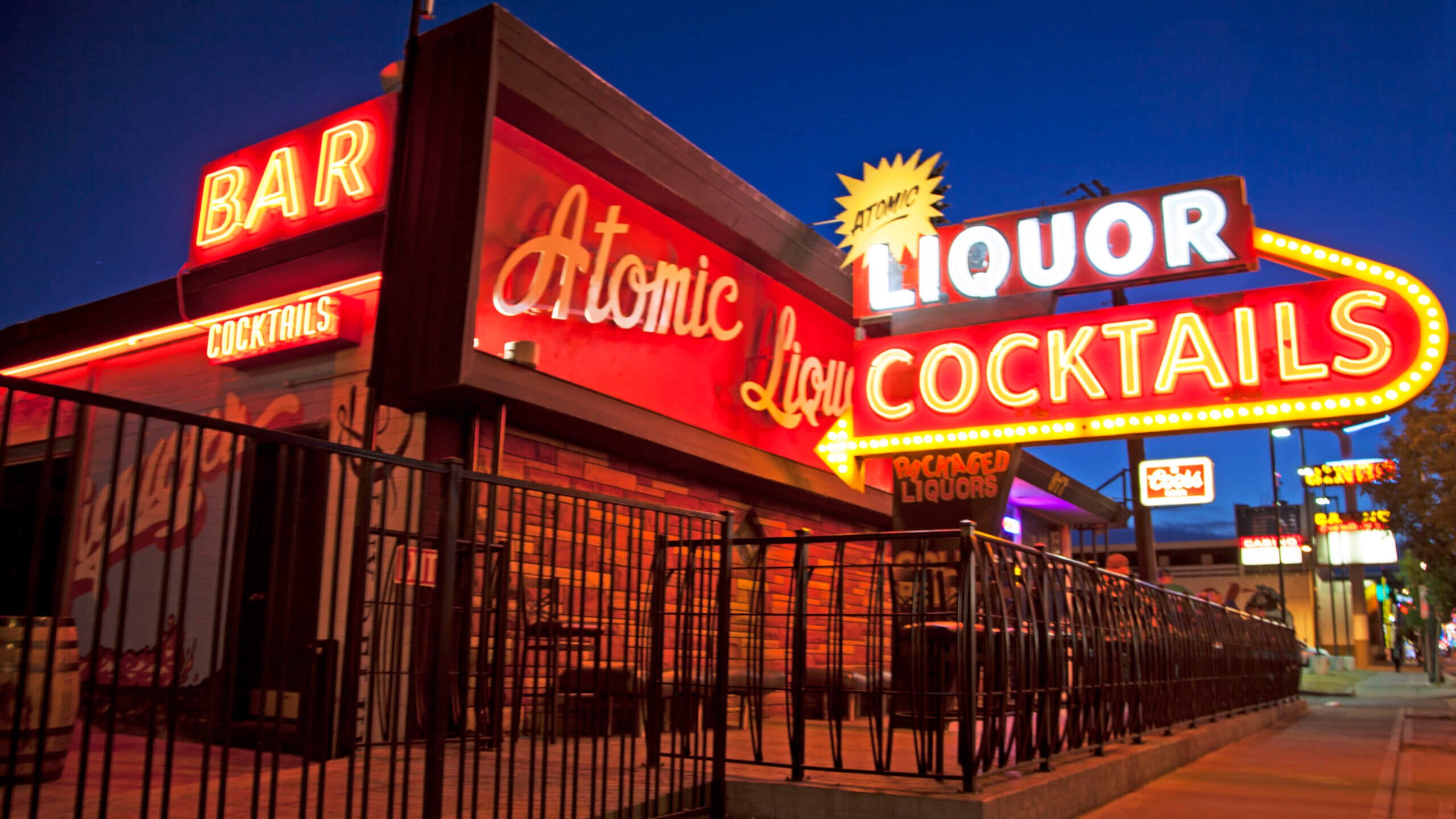
Opened in 1952 by Stella and Joe Sobchick – who converted it from a café they operated on the same site – Atomic Liquors was the first business issued a tavern license to sell alcohol in Las Vegas, meaning they could operate a bar and also sell liquor to go. The bar was open 24 hours a day, and eventually included rooftop seating, where customers could get hammered while watching the explosions from the Atomic Test Site 65 miles to the northwest.
The Sobchicks operated the bar until they died in 2010. Its celebrity patrons included the Rat Pack, Hunter S. Thompson, Roy Rogers, and Barbara Streisand. (Her seat was at the end of the bar, on a stool that still has a star emblazoned on it.)
2. El Cortez
600 Fremont St.
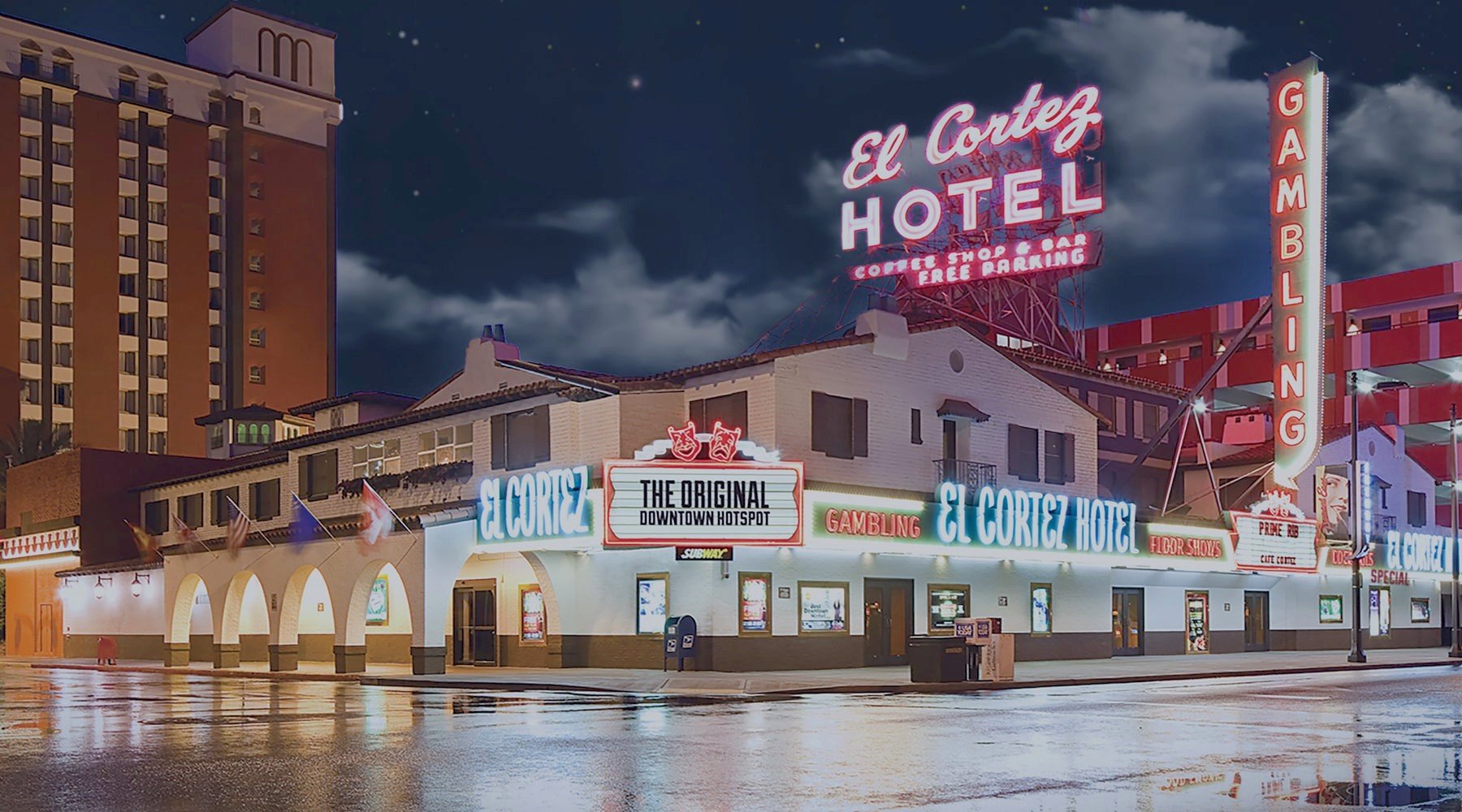
Other than the tower behind it, the El Cortez (yes, that’s how you say it, even though it translates in Spanish to “the the courteous”) hasn’t changed much since opening in 1941. The exterior facade is completely recognizable, its ranch-themed architecture remaining even after the sign was modernized in 1952.
And strolling through the casino floor recalls the era when Bugsy Siegel, Meyer Lansky, Gus Greenbaum, and Moe Sedway took over the casino’s race wire as the mafia’s entry into town. (They used its profits to buy an interest in the El Cortez and, later to help finance construction of the Flamingo.)
El Cortez is the only operating Las Vegas casino on the National Register of Historic Places.
1. Golden Gate
1 Fremont St.
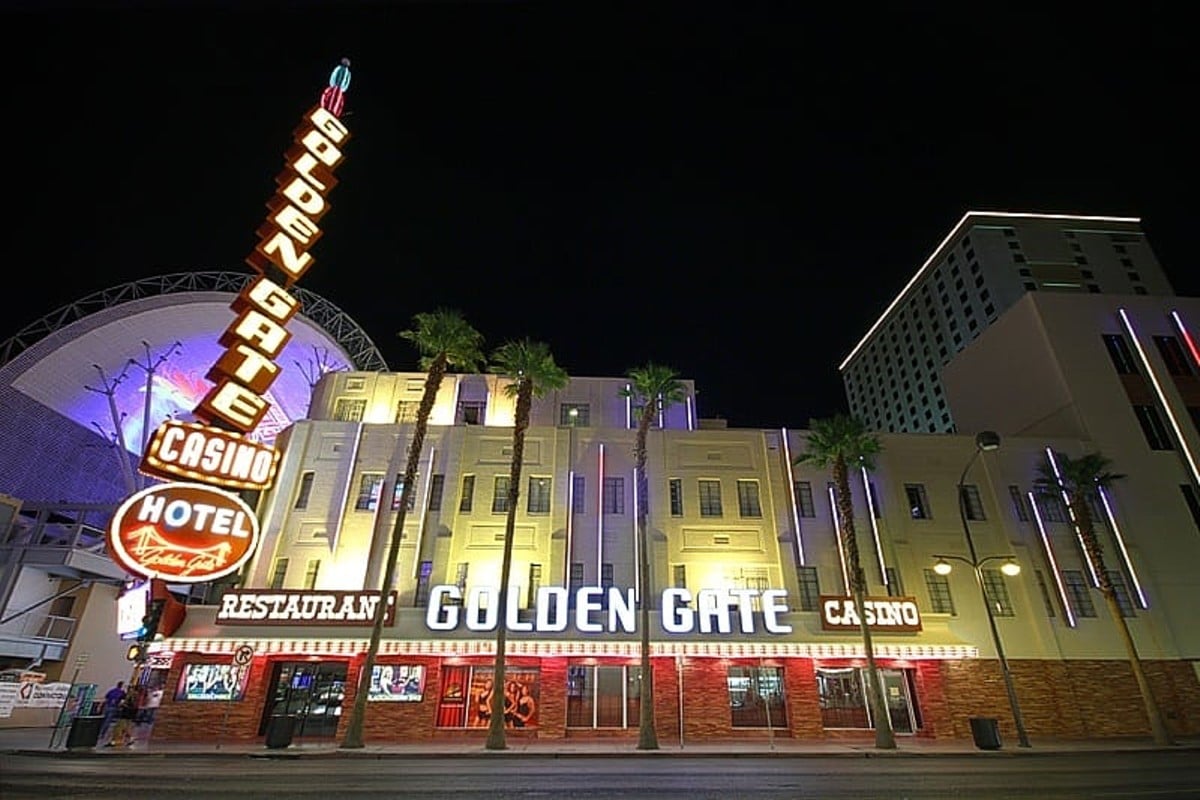
Even when Frank Sinatra, Dean Martin, and Sammy Davis, Jr. and Dean Martin sipped cocktails at the bar here, the Golden Gate was ancient.
Opened as the Hotel Nevada in 1906 – across from the railroad station, which was demolished to build today’s Plaza Hotel – it was the very first hotel, and the first casino, in Las Vegas. (The casino ceased operating when gambling was outlawed in 1909, but returned in 1931.)
The Golden Gate was also the first to serve a shrimp cocktail. And it installed the very first telephone in the city, a replica of which is displayed in the lobby. (The telephone number? “1.”)
Most of the ornate wooden fixtures that aren’t original date back to renovations in 1931, when the hotel re-added its casino and renamed itself Sal Sagev (“Las Vegas” backwards), and in 1955, when the Sal Sagev’s casino was renamed the Golden Gate. (The entire hotel assumed the casino’s name in 1974.)
For those who want the true experience of staying in Las Vegas in 1906, the Golden Gate rents out a set of rooms, called the “Original 10,” that’s as close as you want to get. (It fudges on a/c, which the hotel didn’t install until 1936.)
Related News Articles
LOST VEGAS: Liberty’s Last Stand Was Not What It Seemed
Fake History: ‘Historic’ Showgirl Sign isn’t the Original
Vegas Vic Sign Comes Slowly Back to Light
Las Vegas Casino Cyberattacks: A Timeline
Most Popular
Mirage Las Vegas Demolition to Start Next Week, Atrium a Goner
Where All the Mirage Relics Will Go
Most Commented
-
Bally’s Facing Five Months of Daily Demolition for Chicago Casino
— June 18, 2024 — 12 Comments
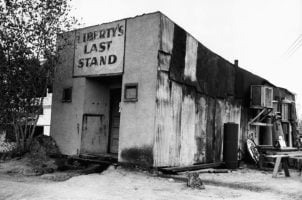

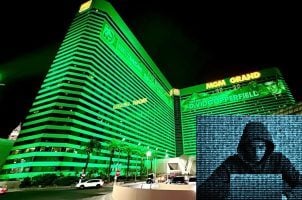





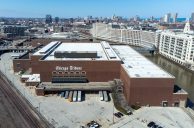





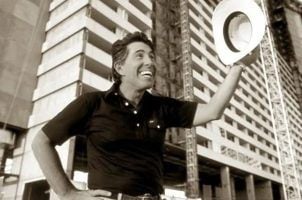
Last Comments ( 3 )
Binions still exists...
The destruction continues, as most of the defining sites at the Mirage will be destroyed soon. Everything is $$$$. Vegas wasn't always this way. Steve Wynn created many free attractions that have disappeared (Treasure Island pirate show, the volcano, etc.) Once he sold properties the free stuff changed or closed. Swimming pools were free and relaxing. Now they're part of massive resort fees and serve as drunken havens for teens & 20 y/os. Everyone who loves Vegas should boycott MGM properties, as the led the charge to destroy Vegas as an affordable vacation. They instituted expensive parking fees and ridiculous resort fees that others have followed.
Fuck Cesar's Palace! Notghing like it was!